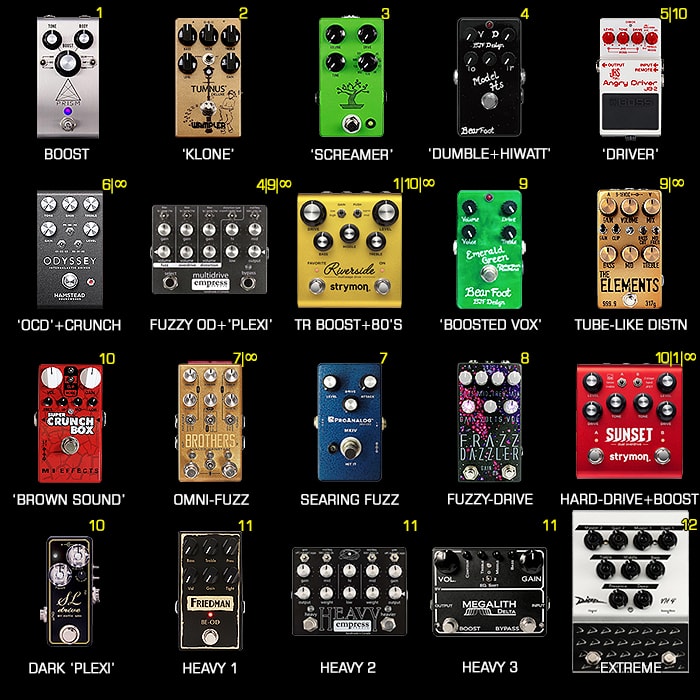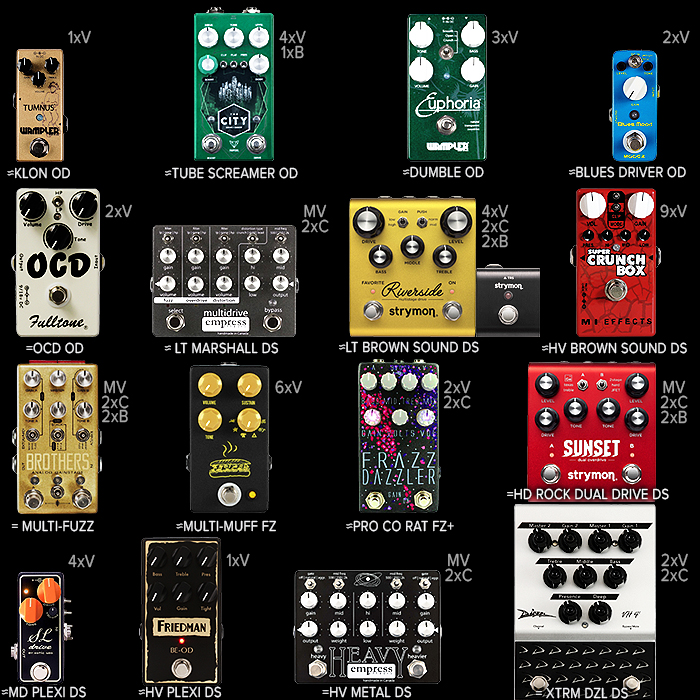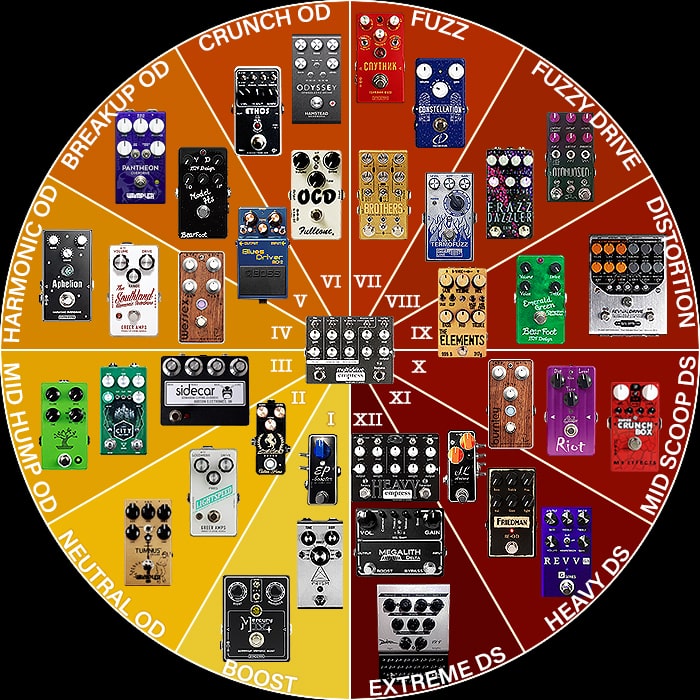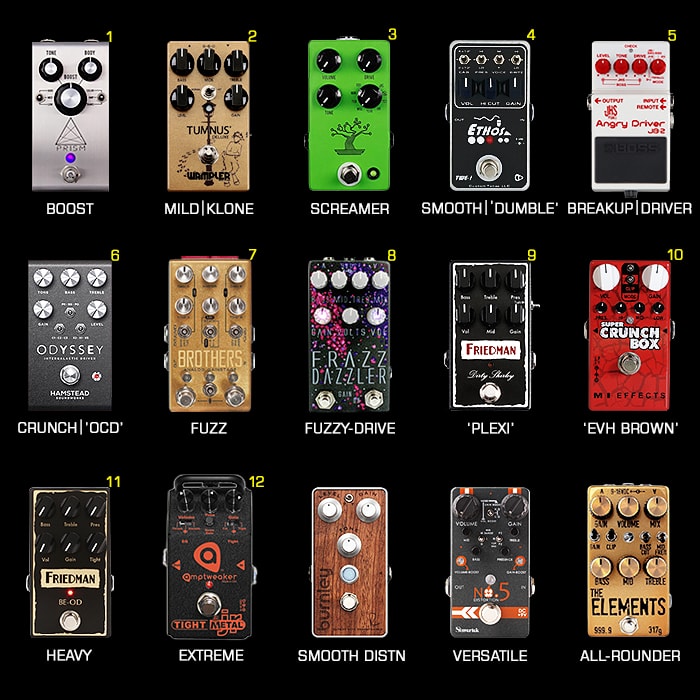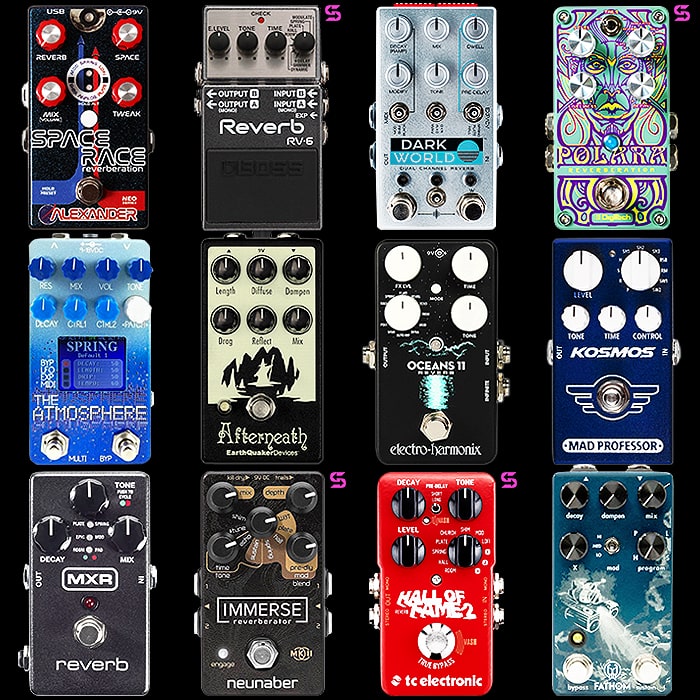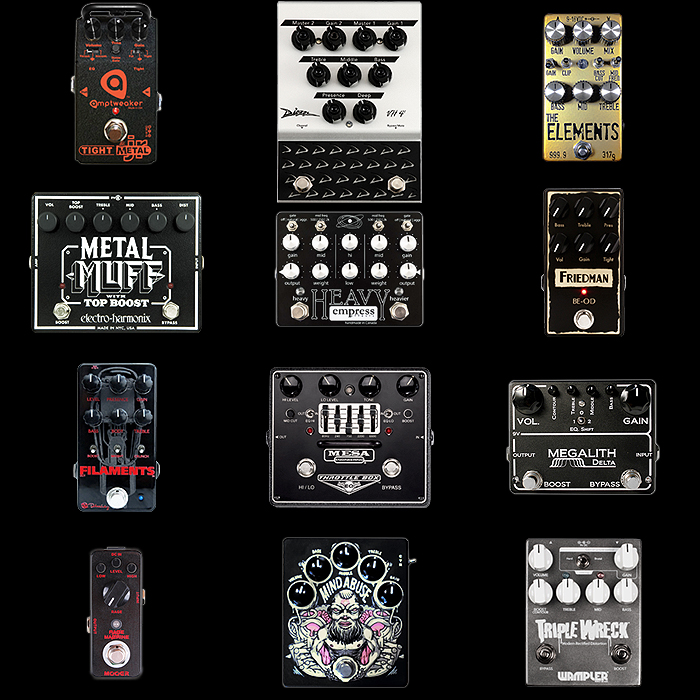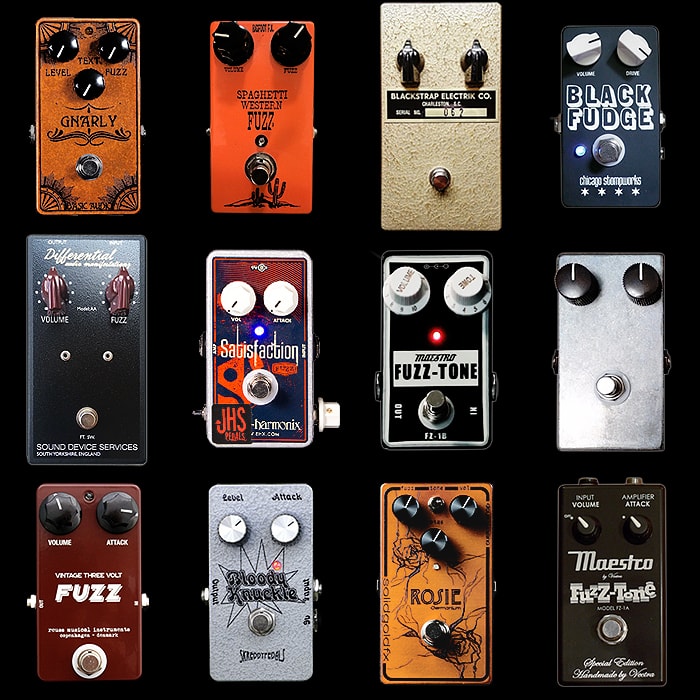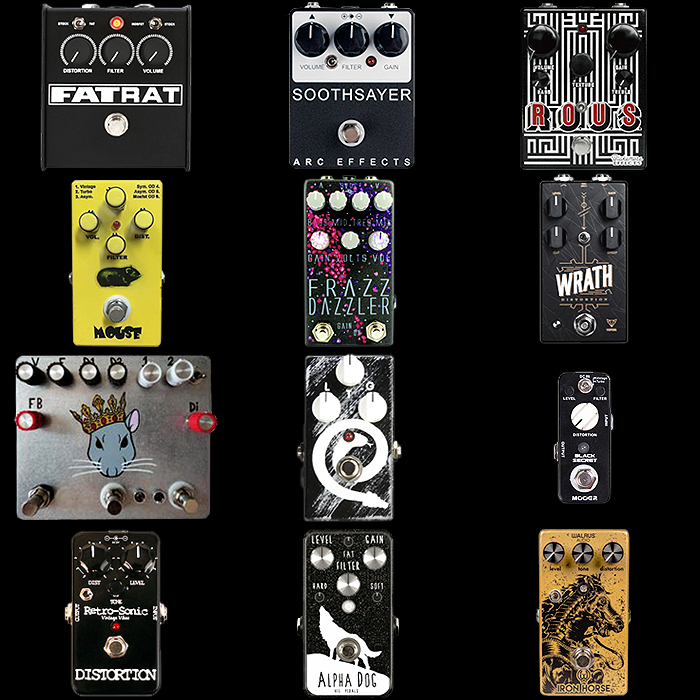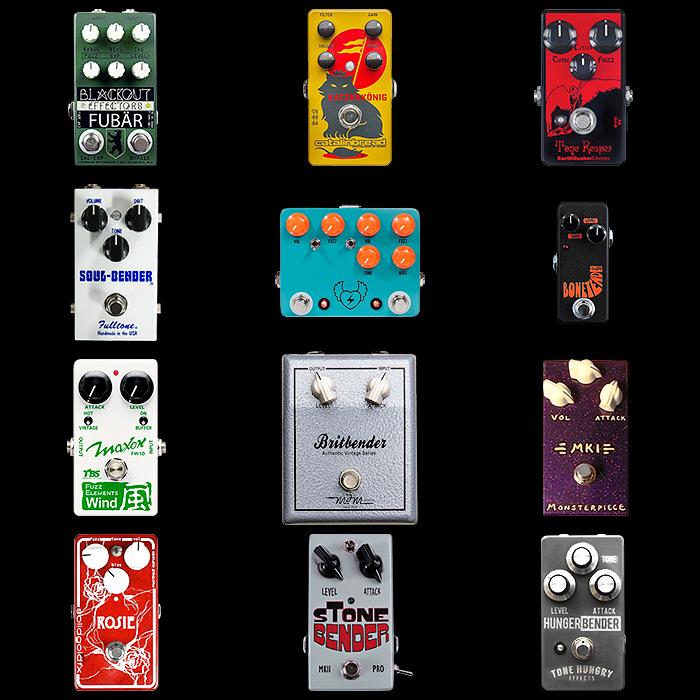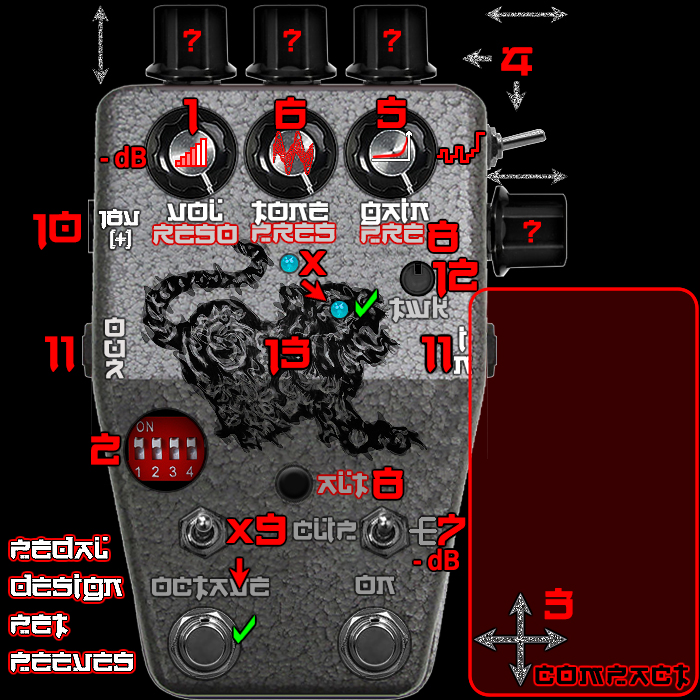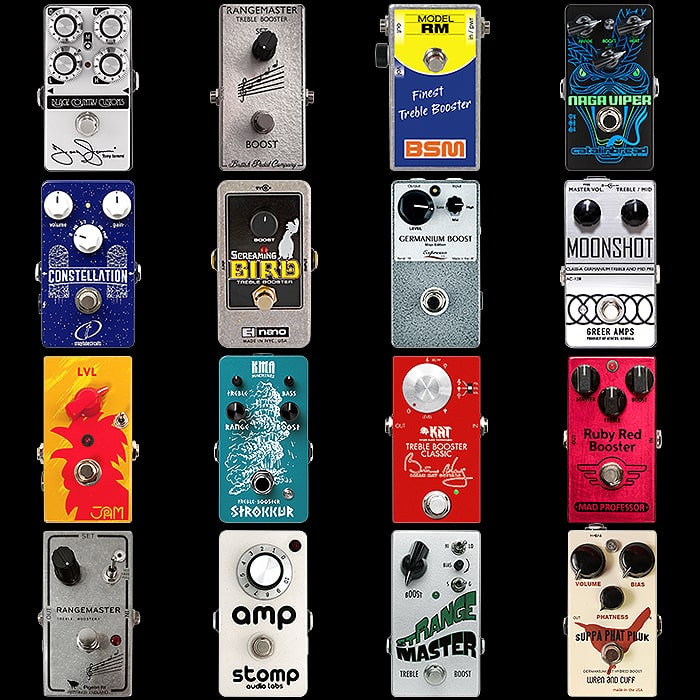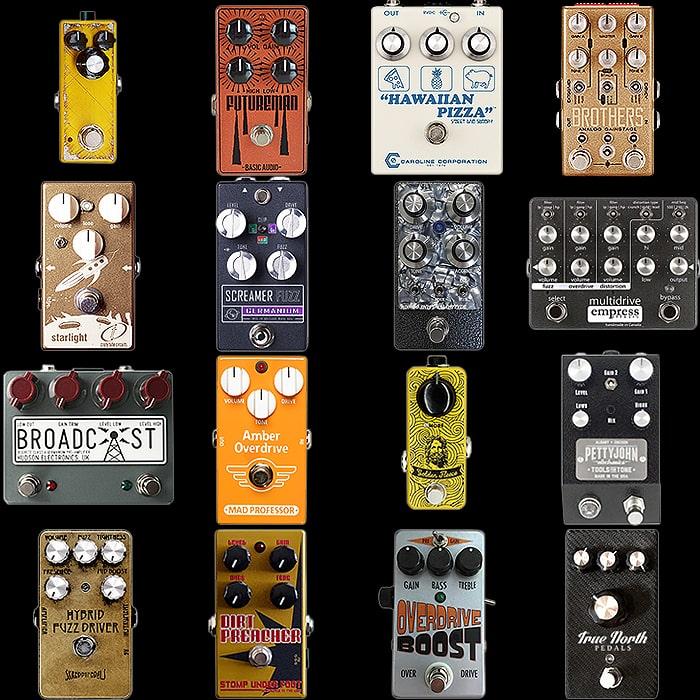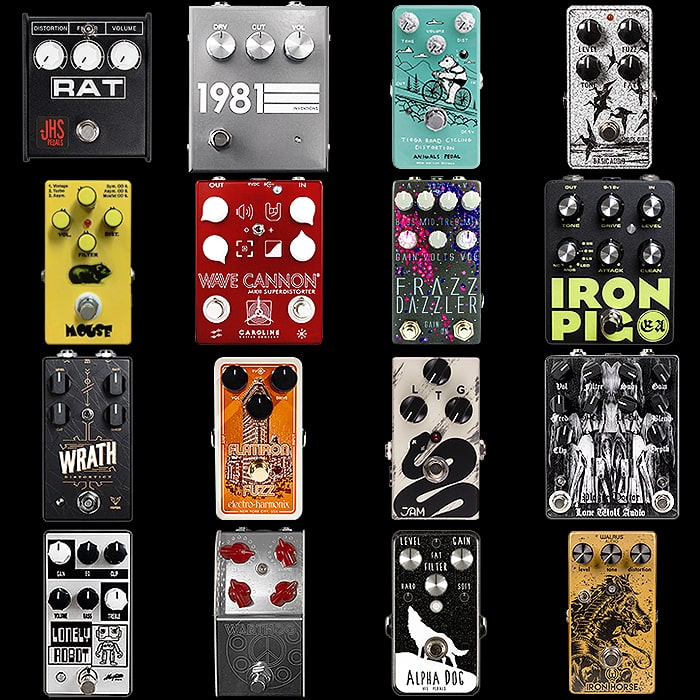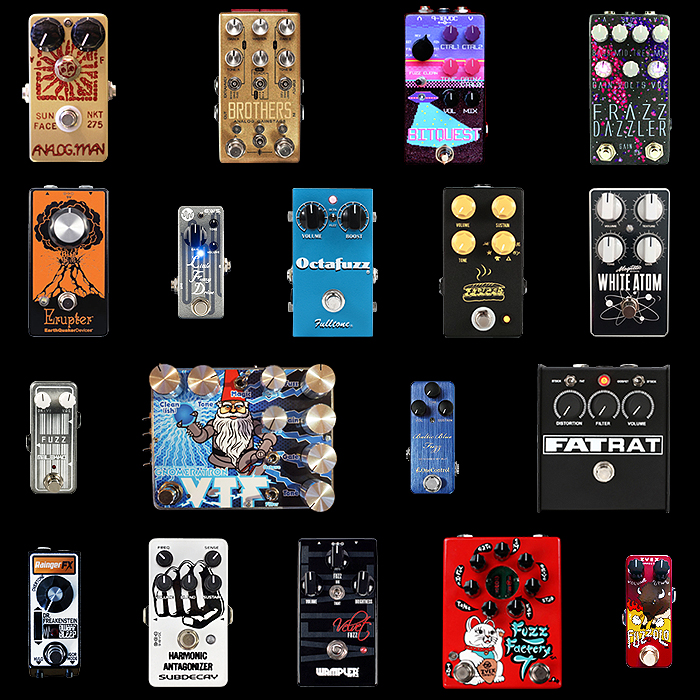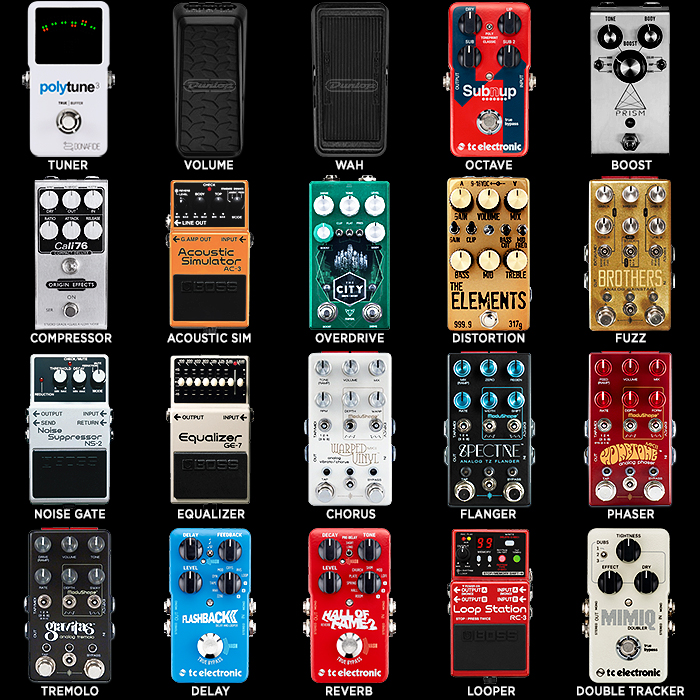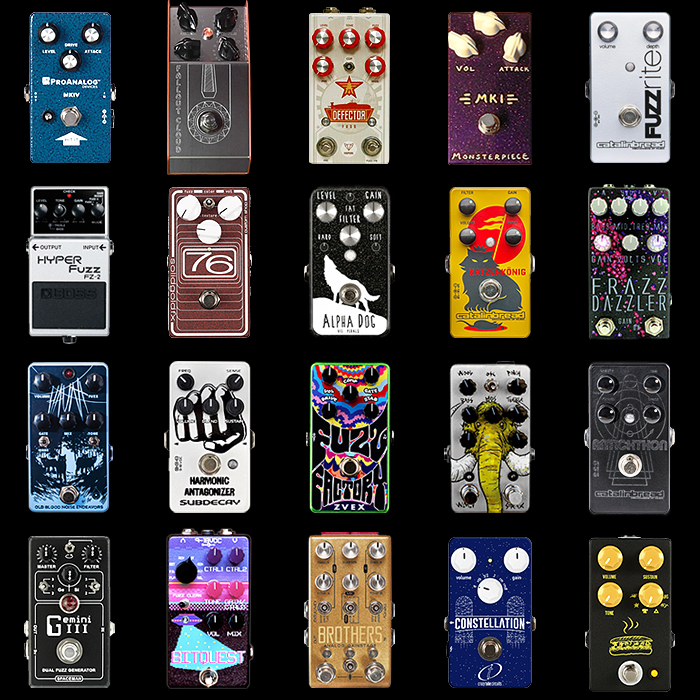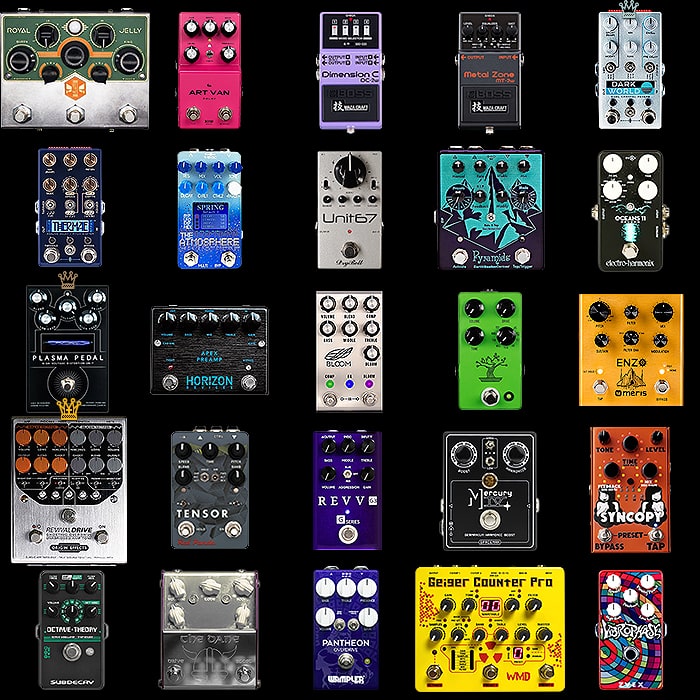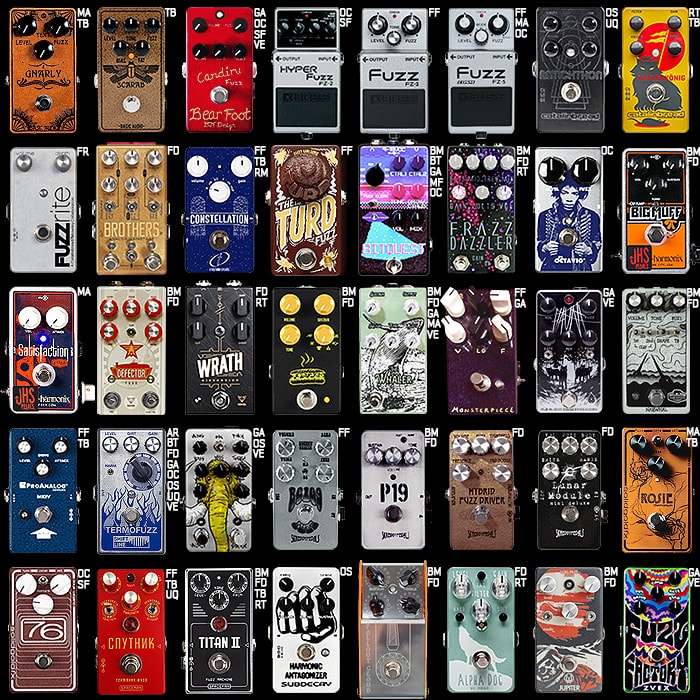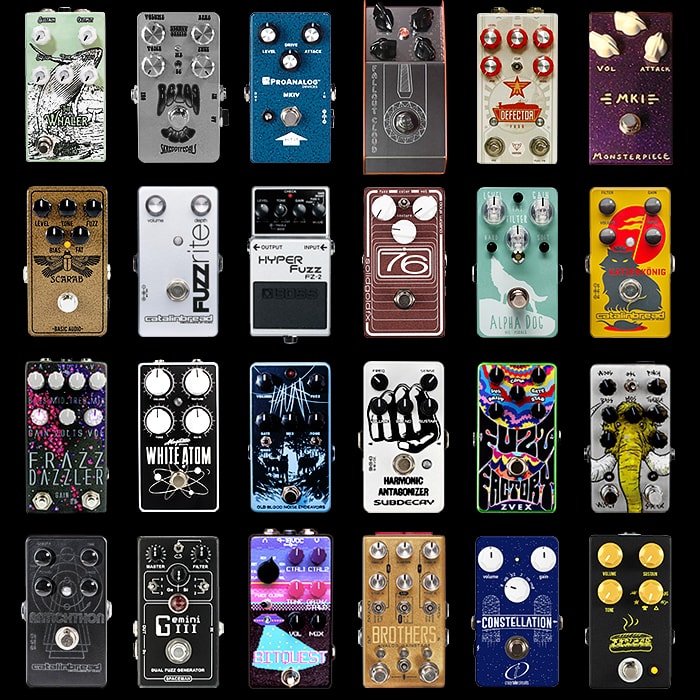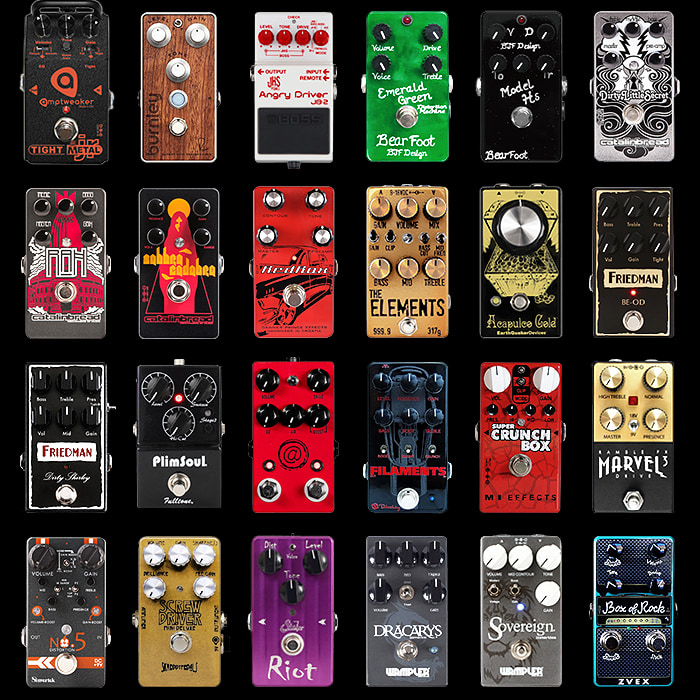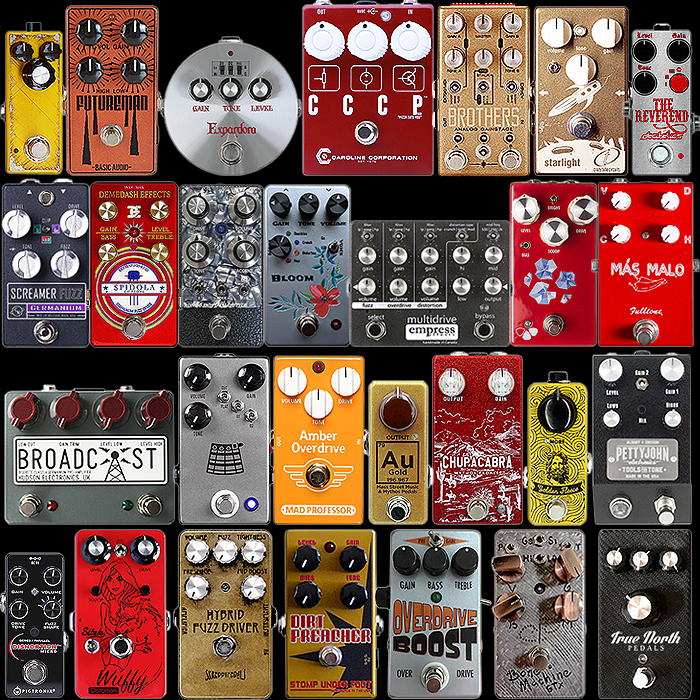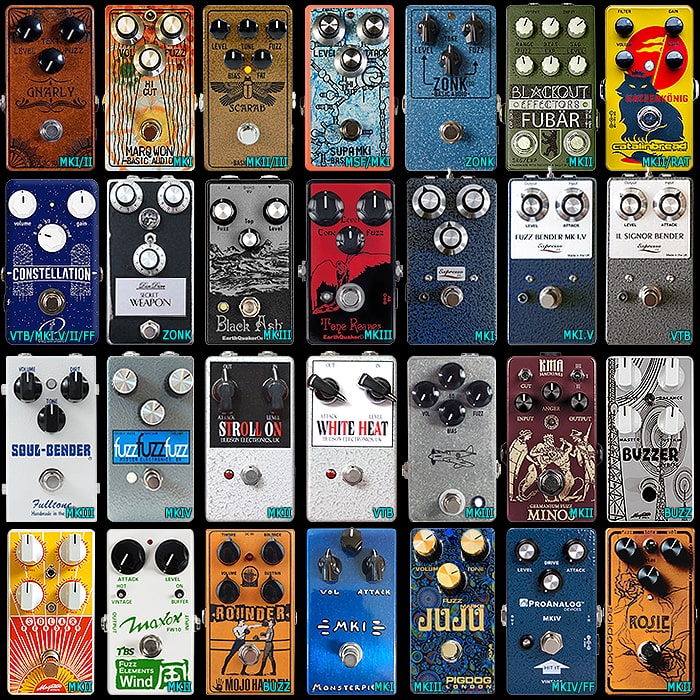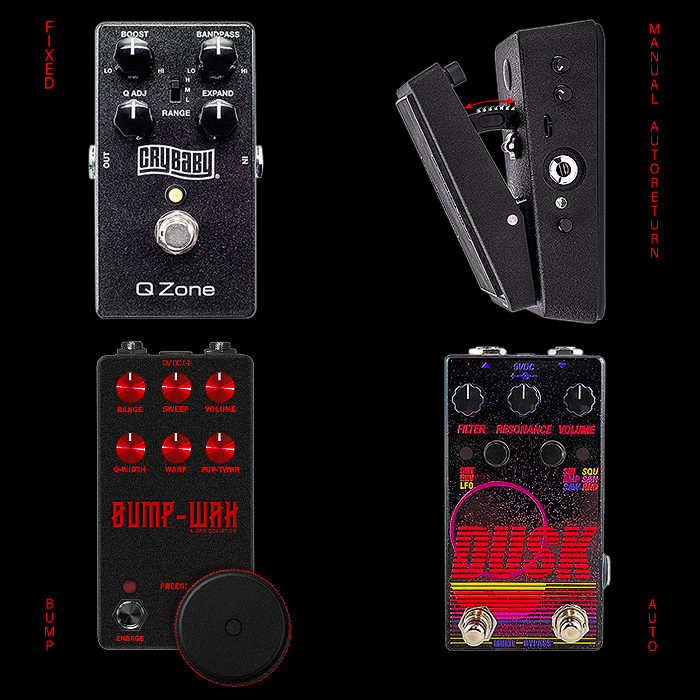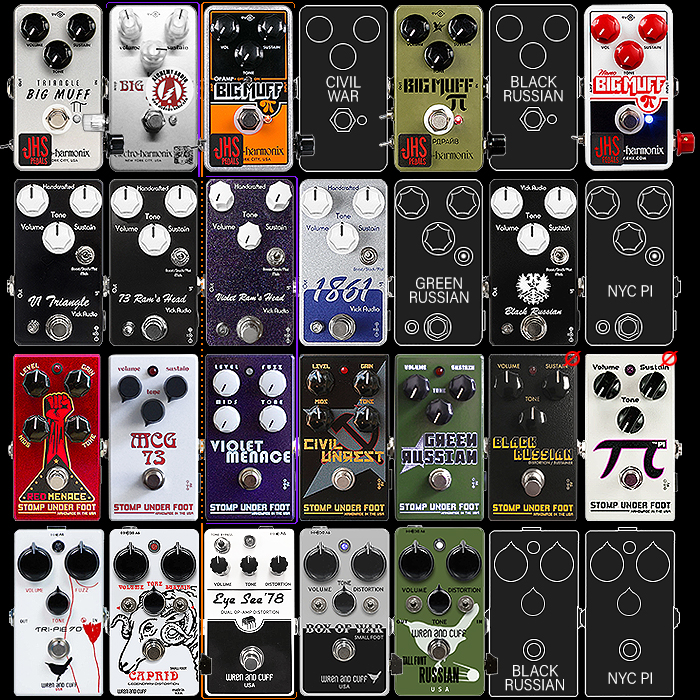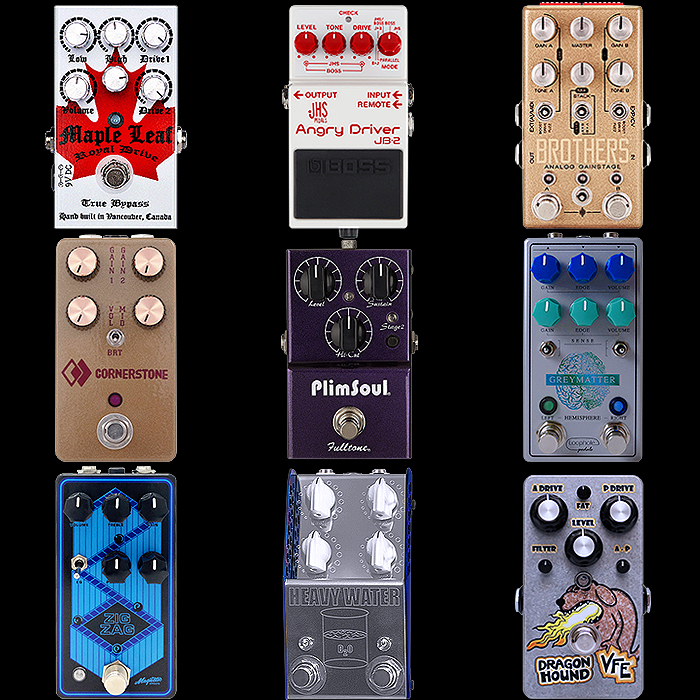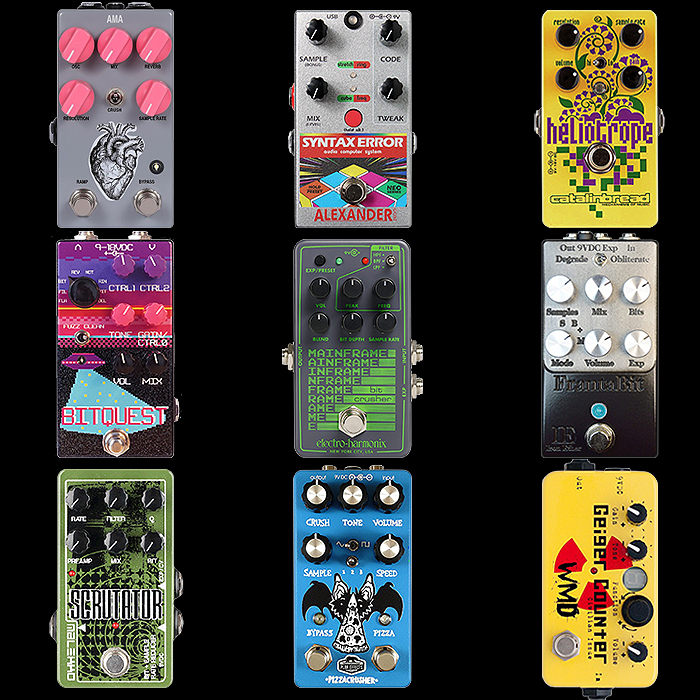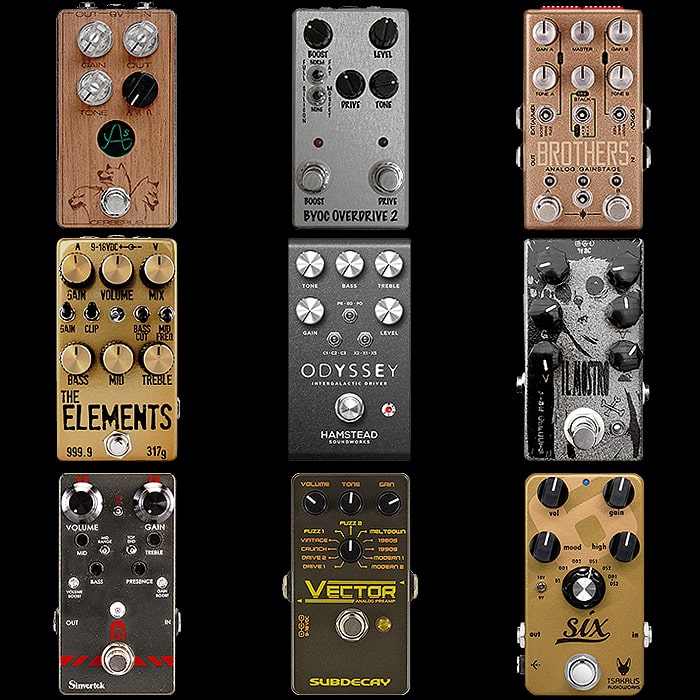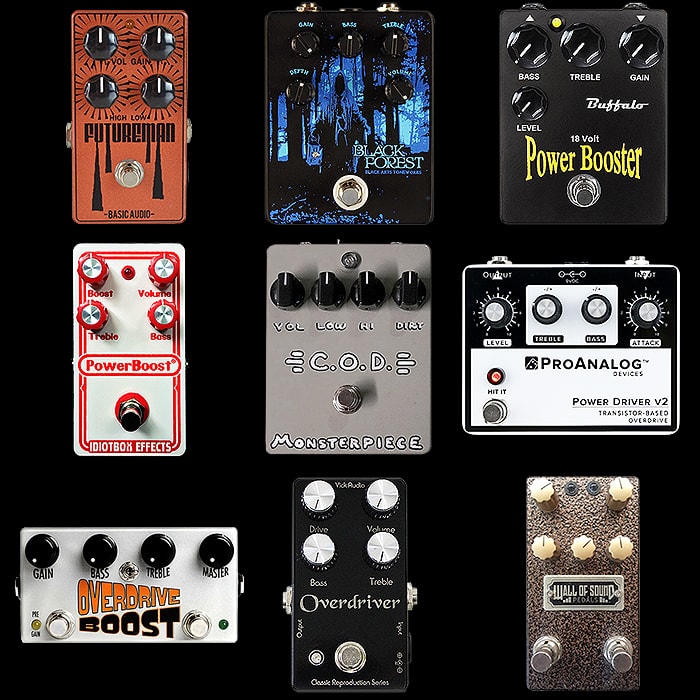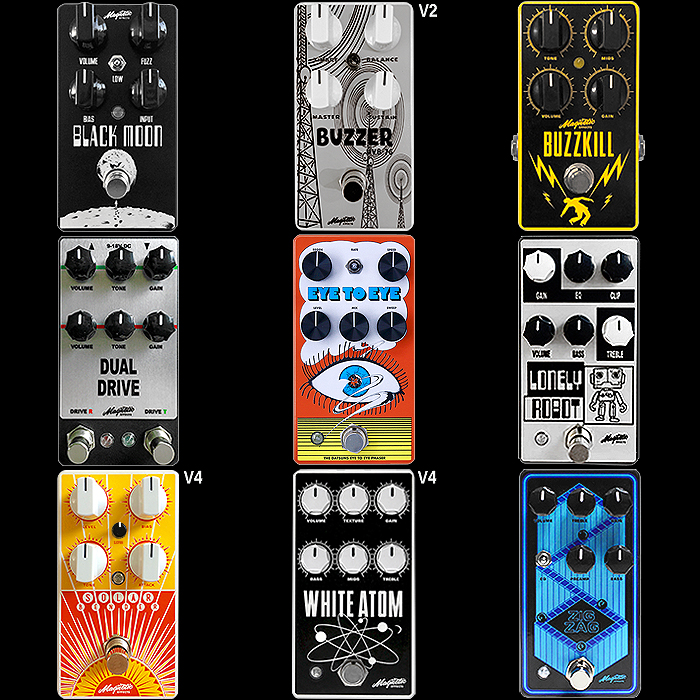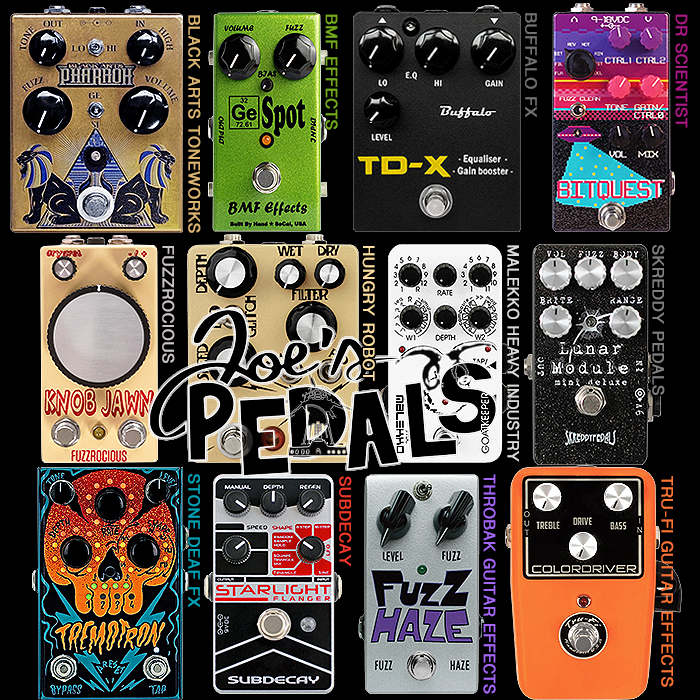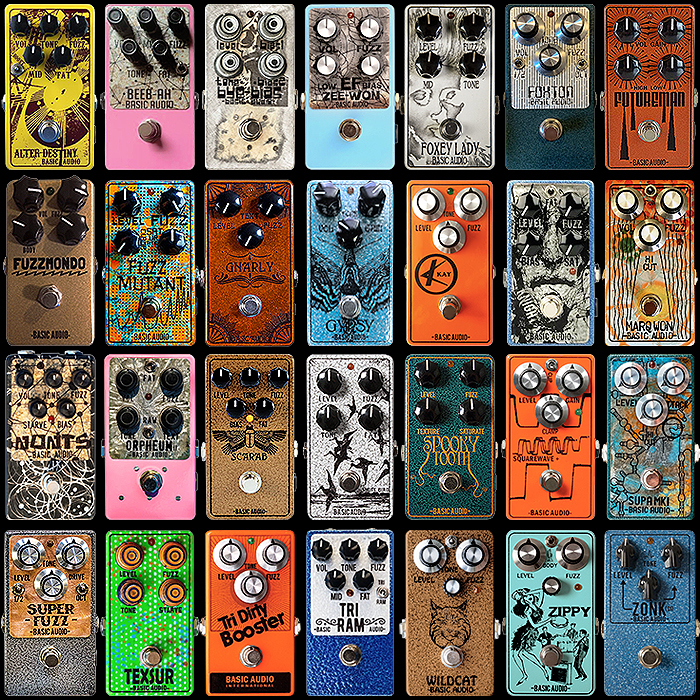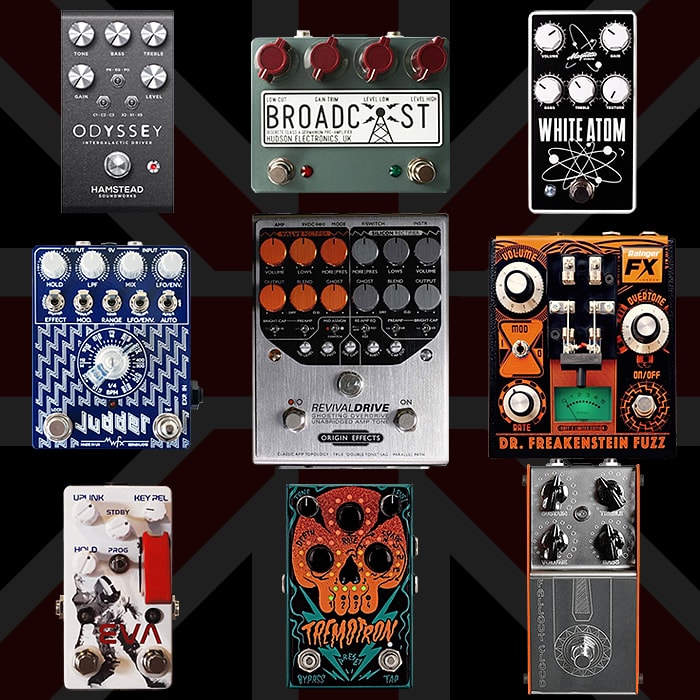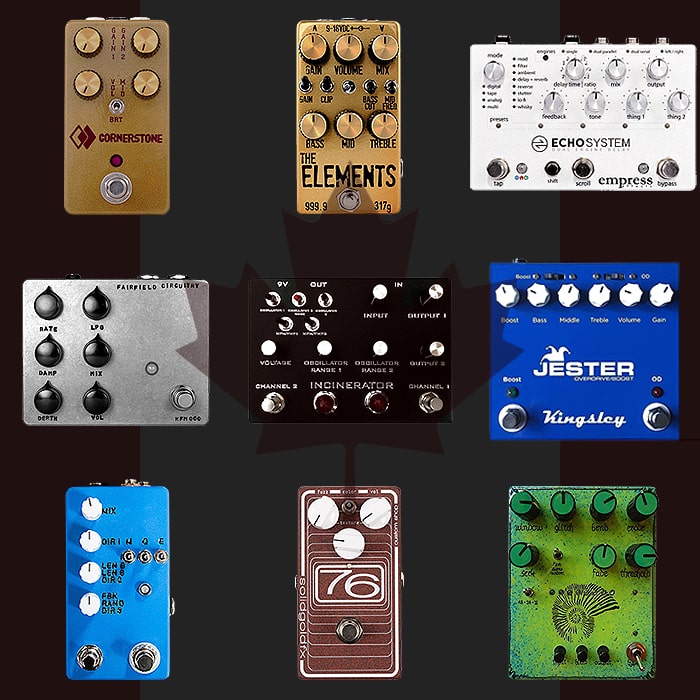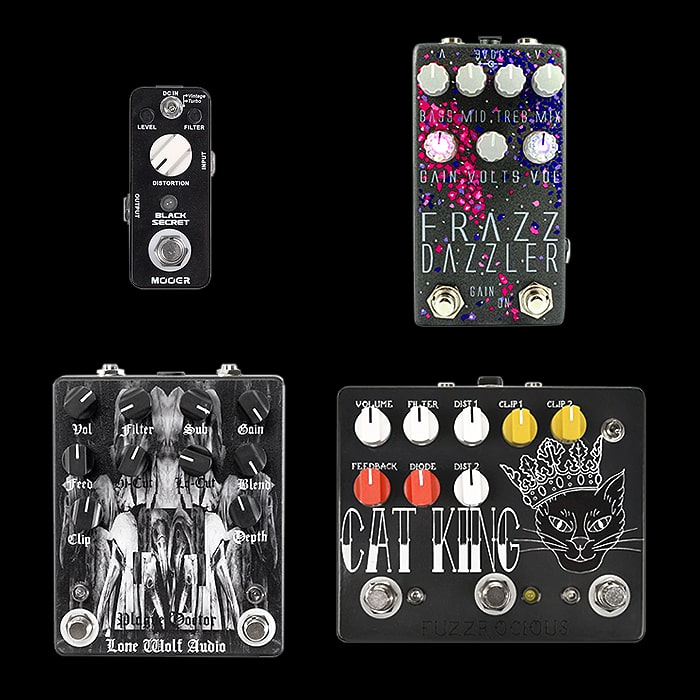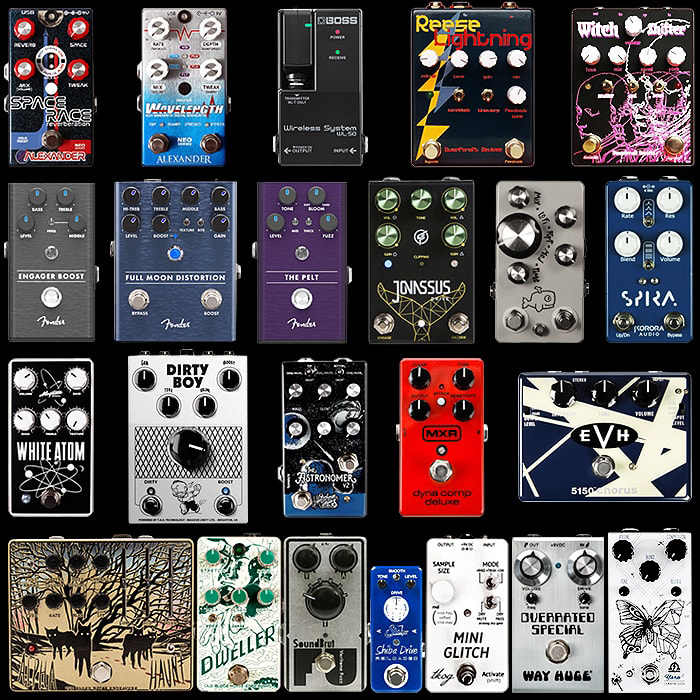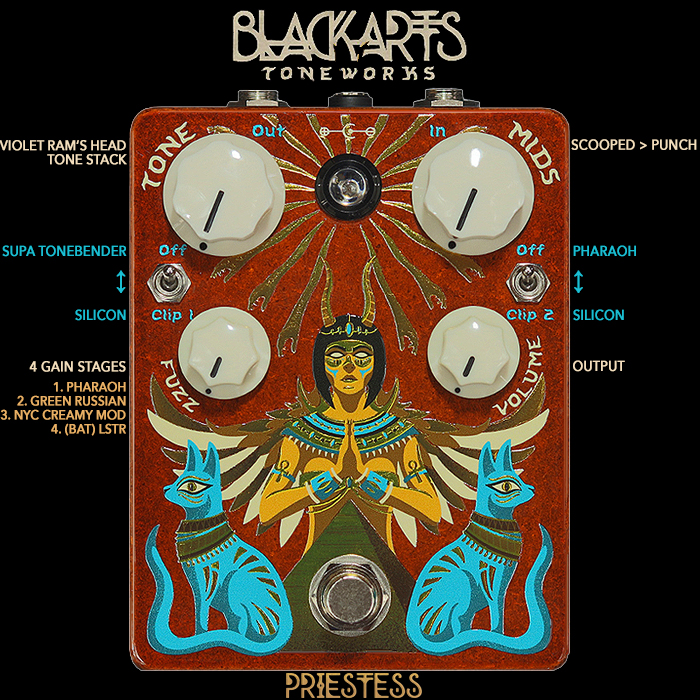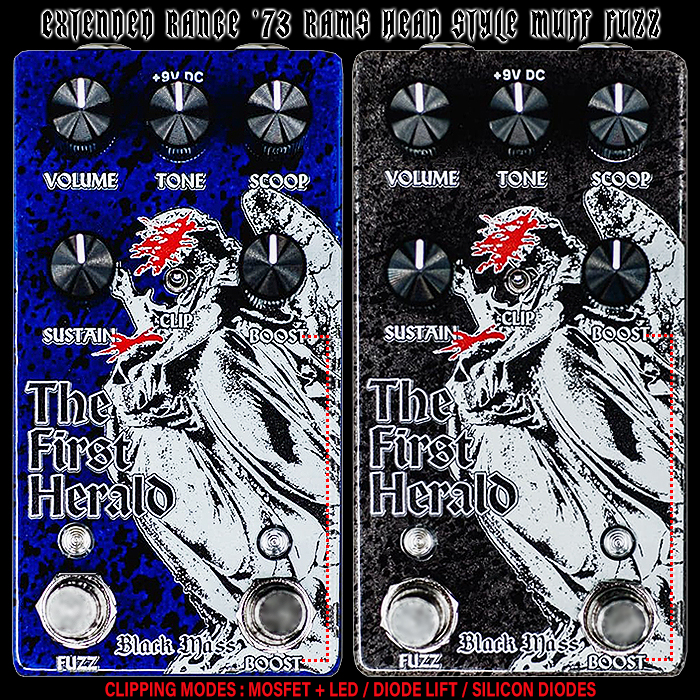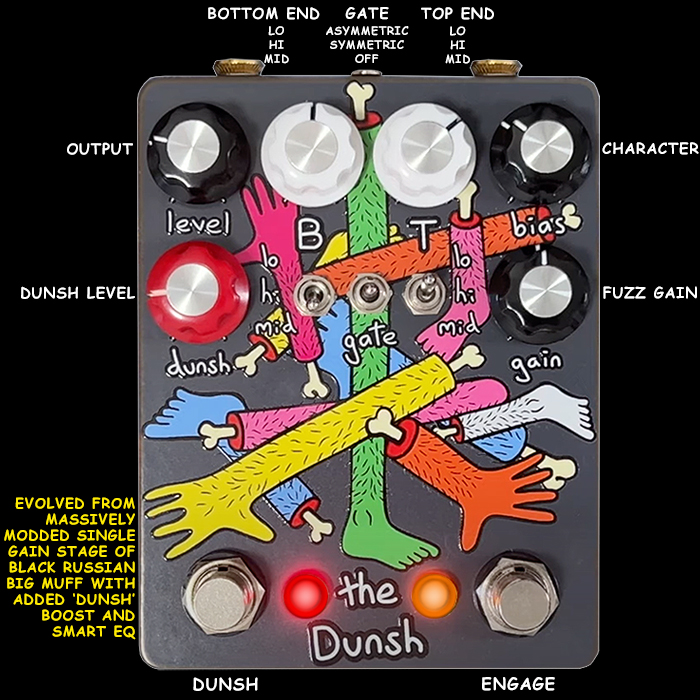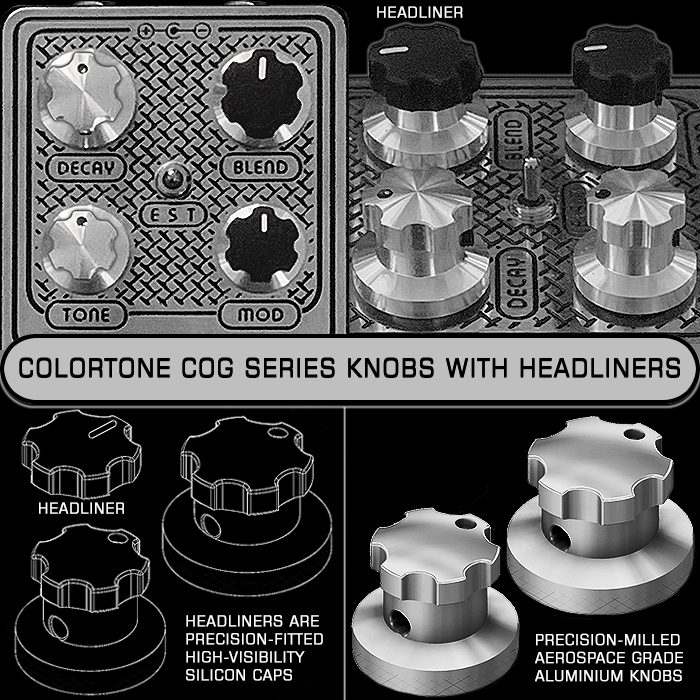Preferred Prior Edition Effects Pedals
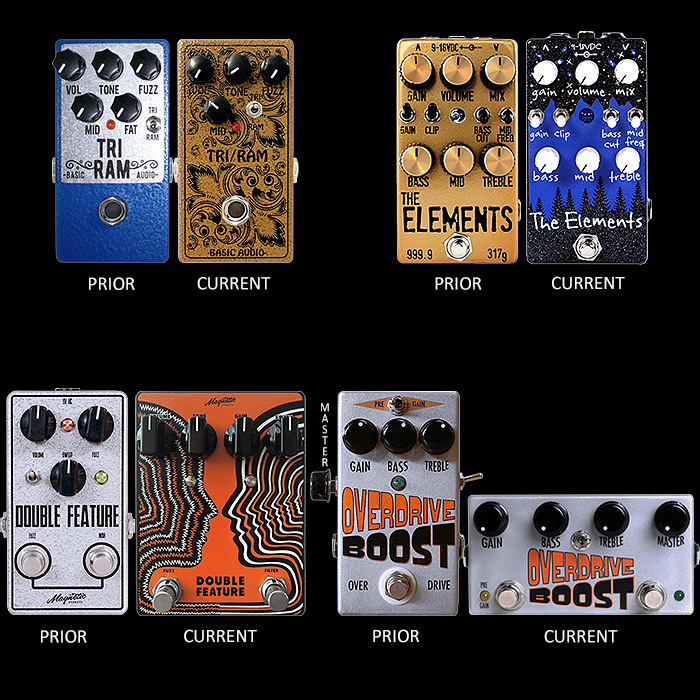
Latest is not always greatest! Like many other pedal aficionados no doubt, I am quite particular about the function, aesthetics and format of each effect pedal I acquire. Many a pedal has been in production for numerous years and has seen all manner of iterations throughout its lifetime - not specifically special editions, just the core default pedal naturally changing and evolving over time - of course there are custom, limited and special editions too along the way but we’re focusing on core models!
I’m not referring really to Fuzz pedals where the supply of NOS Transistors has run out - and thus no more of that specific type can be built. You see that with a lot of more boutique style fuzz builders, and Marc Ahlfs / Skreddy is a great example of that where pedals are given a new series number or even entirely re-named when core rare components run out. So this is not at all about that side of pedal iteration - although that is of course a factor you need to be aware of too.
Generally with most product development each iteration improves on the previous model, but that is not always the case. In motorcar manufacture you are often better off with the early edition vehicles as later models in the range will have efficiency measures applied - which often means cheaper and more plastic components being deployed. This was something that happened with Sony Walkman players too (Casette and CD) - in that the first editions had higher quality parts generally, and the later stage editions were engineered to be more cost effective - so even while there were some functional improvements - the component quality was often lower and more prone to breakdown.
With pedals this is not really the case - generally later models tend to be somewhat enhanced and refined versions of their predecessors - with the possible exception of the transition from through-hole to surface-mount to full SMD PCB construction - but providing the Quality Assurance is high - those newer pedals are typically more long-term reliable than their more soldered earlier counterparts - of course there are exceptions to this, and it really depends on the scale and scope and complexity of the circuit too as well as the overall quality of manufacture and assembly.
Within all of this is a pet peeve of what I call first-mover disadvantage - where the early edition pedals are often less aesthetically pleasing than later editions - Beetronics and OBNE are often guilty of this - and I have some early editions where I wish I had waited a year and got something a little better looking - I have mentioned some of those in my specific pedal posts.
For this particular article we will focus on 4 pedals - where I significantly prefer an earlier Prior edition to the current version. My readers will know that I have a huge preference for standard vertical compact format enclosure sizes - but feature-set and aesthetics are important too as we shall see.
Pedals here are listed alphabetically by brand and then chronologically!:
Basic Audio Tri/Ram Muff Fuzz - $200
I'm a huge fan of the Ultimate Fuzz Lord John Lyons (Mr Basic Audio) - who is the most prolific and broadest fuzz-pedal builder of our time - with his own fantastic versions of near enough every fuzz pedal variety ever created. The current website does not really do him justice and shows just a fraction of those pedals he has built and still builds. My route in here was probably his most typical - the celebrated 5-knob pedal - the Scarab Deluxe Tone Bender All-rounder. While to date I have acquired 11 from his total Fuzz Range of somewhere between 50 and 60 varieties. I actually wasn't aware of the 5-knob Tri/Ram and got the Basic Audio Alter-Destiny Muff in preference as that had the same sort of functional topology as the Scarab Deluxe - but with Added Mids boost switch too. Some of the Prior version Tri/Rams were also 5-knob varieties with the additional 'Fat' knob which is found on both the Scarab Deluxe and Alter-Destiny. So in some ways those 3 pedals are John's Fuzz Trifecta to a degree as the Alter-Destiny was designed as the Muff equivalent to the Tone Bender Scarab Deluxe. I was only properly aware recently of the 5-knob Tri/Ram editions and fortuitously snapped up the blue edition pictured above - which I've never come across before. I have Feed Boosts on Reverb.com set for all Basic Audio - and this is the first 5-knob Tri/Ram I recall seeing in quite some while.
Dr Scientist The Elements Multi-Drive - £209
Interestingly I've covered this one before in my article 'How important is the look of a pedal to its success?'. Where I pictured each of the 6 main iterations to date of the Dr Scientist The Elements Multi-Drive. When I was looking to acquire one the new pine forest/starry sky version was already out - but I'd seen the previous 'Gold Bar' version and that's the one I really wanted. On this occasion Reverb.com was my friend - and I scored probably one of the few remaining gold bar versions, which to my mind is the most attractive version of The Element to date - probably followed by the all-black 'Symbols' one from before that. In any case and in some ways I find the newest variety amongst the least appealing. I always wonder how much the look of something impacts on its sales - for guitars we know it's very significant - possibly a little less so for pedals, but it matters to me! My favourite 3 The Elements varieties are 'Gold Bar', then 'Black Symbols', and next the 'Binary White' original release. In fact if you scour Ebay and Reverb.com now - it's 99% the newest Forest/Stars version with Ebay also having the earlier 'Binary White' and 'White Schematic' versions available.
Magnetic Effects Double Feature Fuzz + Fixed Wah - £125
This is one I've actually been chasing for a while - the one exactly per in the Dennis Kayzer video above (from 2014) and once available way back on FuzzMonster.dk . i.e. the compact format version with the Presence / High Frequency switch. I've encountered a number of the even earlier versions without the switch - but not one yet of the last compact format variation. A quick sweep now reveals only the newer medium-enclosure variety available on Ebay and Reverb.com. The newer pedal has a functional improvement by way of a variable Tone Knob in place of just a 2-way Presence switch on the compact version. Yet it's the compact variety I prefer and want. I wouldn't mind a compact version with 4 dials actually - perhaps it's time Chris Livingstone went back to the compact format again for V3 and made it a 4-knob variety!
ThroBak Overdrive Boost (Colorsound Power Boost) - £259
I believe my preferred prior version here was retired near enough 7 years ago now. The newer horizontal format or Zvex-style format as the association is for me does have a functional improvement in making the Pre/Gain switch a secondary footswitch - so you can juice things up very easily. Other than that though the pedals are functionally identically - with 4 knobs (the former has Master Volume on the side), a Germanium Diode switch, and the aforementioned Pre/Gain. With the latter two pedals I'm struggling to get my hands on - there are functional improvements in the newer editions, but I prefer the convenience and practically of the more compact form factor!
Final Thoughts
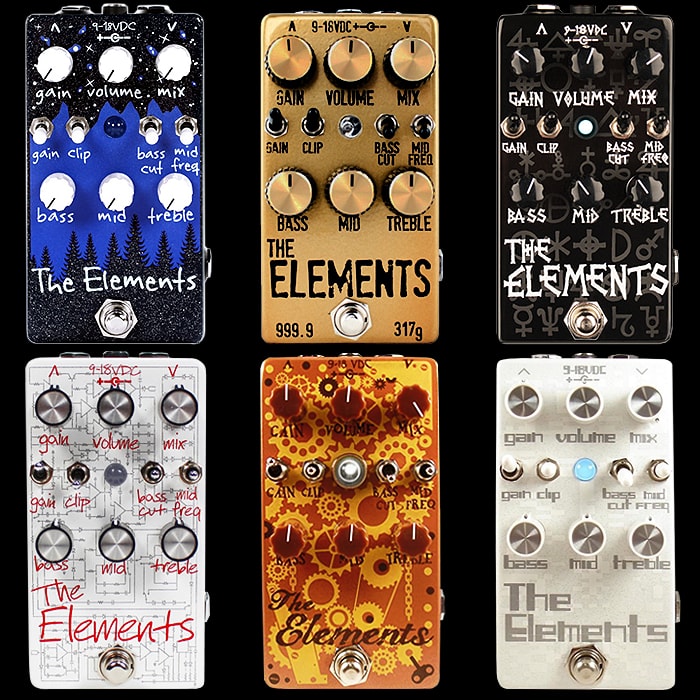
We are all obviously rather fickle souls - and we have various reasons for individual preferences. In my above selection the first pedal is functionally superior, the second is aesthetically superior, and the remaining two are practically and form-factor more superior. While there is probably an almost equal number of players who would prefer the alternative.
I've had a number of people offer me an early edition Magnetic Effects Double Feature - but each time that has happened it has been the even earlier version without the Presence toggle-switch. And for me obviously details really do matter.
On the subject of Beetronics - I was very happy with the all-black early edition of the Swarm pedal, while of course there have been prettier still custom varieties of that later on, but the core still holds its own. For the Beetronics Royal Jelly I have the first edition green - while I wish I had held out for the latter Black or Red varieties. And for my OBNE Alpha Haunt my favourite varieties are the more recent Black and White versions - in particularly the latest reversed out version.
In my many conversations with pedal builders I've often emphasised the significance of the aesthetics of a pedal - it's frequently something which elevates and makes a device more appealing. And it's never a linear marketplace - you usually have numerous options past, present and future.
I would be fascinated to hear which earlier or Prior edition pedals you yourselves are seeking or have sought out. I'm really quite taken by how significant the little details are ...



















